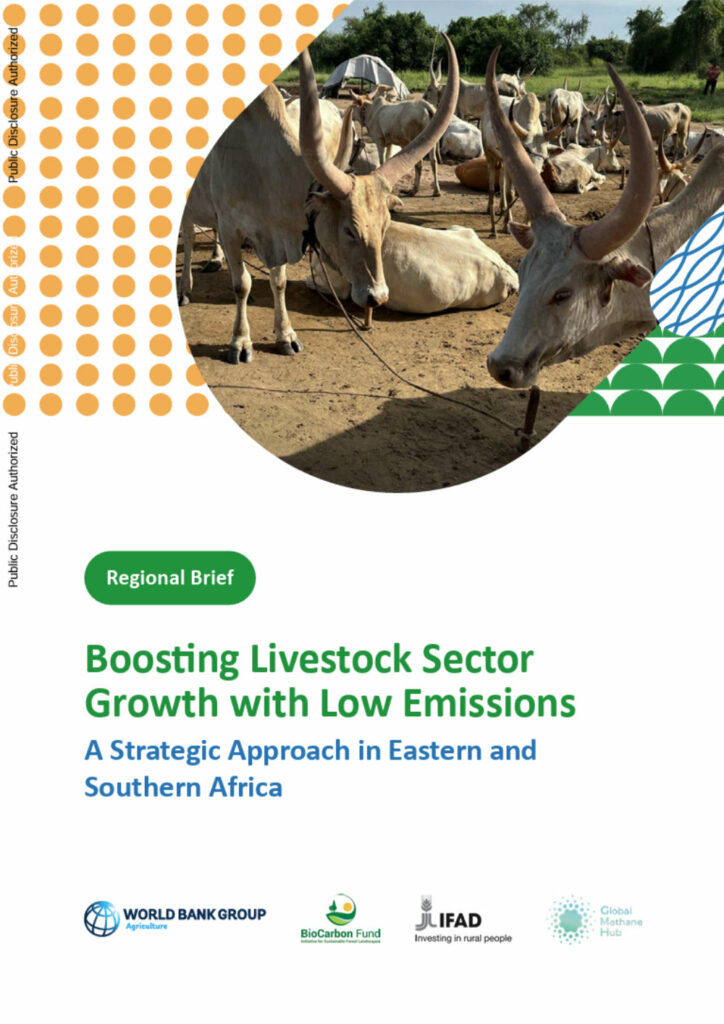Livestock plays a critical economic and social role both globally and in the Eastern and Southern Africa region. The livestock sector encompasses a variety of species, with cattle being the most prominent in the region. Livestock systems in the region comprise large and small farms. Often, and particularly in the southern countries, well-organized commercial businesses on privately owned farms coexist with smallholders producing on communal land. For example, commercial farmers and businesses own approximately 60 percent of the beef cattle in South Africa. In contrast, in Botswana, more than 80 percent of the cattle are in communal cattle production. In southern countries, it is estimated that there are 100 million smallholder livestock keepers, producing most of the pork, poultry, and eggs. The brief is organized into the following sections: section 1 provides information about growth in the livestock sector and its driving forces and the need for increasing consumption of animal-source products in Eastern and Southern Africa. Section 2 examines why it is urgent to address emissions in the livestock sector. Section 3 discusses the prevailing sector growth model and lays out the basic elements of a more responsible approach to livestock growth. Section 4 addresses how to reduce emissions in livestock, with emphasis on the most important pathways: cutting methane emissions in cattle and preserving and enhancing carbon stocks in landscapes. Section 5 touches on additional benefits of a responsible approach beyond emissions control. Section 6 provides high-level recommendations in terms of priority investments, institutions and systems, and partnerships. Section 7 elaborates on how to finance responsible livestock sector development, including growing opportunities for using carbon markets as an additional incentive. Appendix A includes case studies conducted in 2023 for Botswana, Namibia, Tanzania, and Zimbabwe. Appendix B provides further information about Article 6 and voluntary carbon markets.
